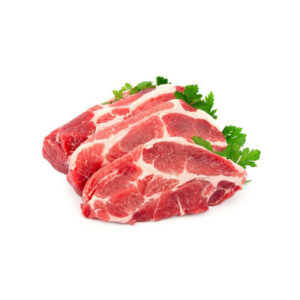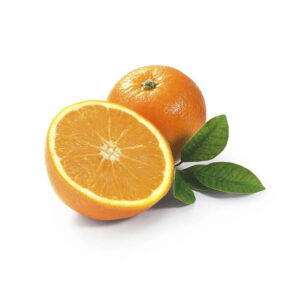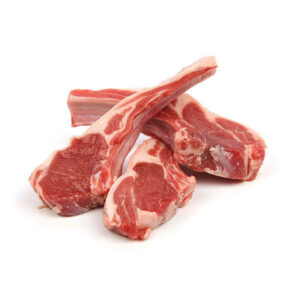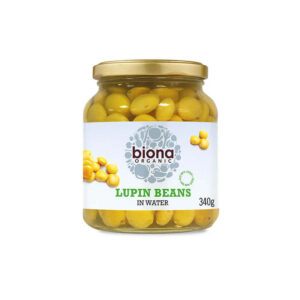Dissecting needle

$200.00 Original price was: $200.00.$150.00Current price is: $150.00.
Get It Today
In stock
Have questions?
Uses of Dissecting needle
- Dissection:
It is commonly used in biological and anatomical studies to carefully dissect and separate tissues, organs, or specimens without causing damage.
- Manipulation of Specimens:
The needle can be used to manipulate small specimens or parts of specimens, allowing for precise positioning during examination or dissection.
- Identification of Structures:
It aids in exploring and identifying anatomical structures, helping to expose features of interest for study.
- Removing Foreign Objects:
In certain contexts, such as veterinary or medical applications, a dissecting needle can assist in the removal of foreign materials from tissues.
Suturing and Repair:
In surgical settings, it can be used to help guide sutures through tissues or hold tissue layers together.
- Separation of Layers:
It can be employed to gently separate layers of tissues or organs to better visualize underlying structures.
- Sample Collection:
In microbiology or pathology, it may be used to collect samples from specimens for further analysis.
- Holding Tissues in Place:
The pointed end of the needle can help hold tissues or structures in position during observation or further dissection.
- Studying Plant Structures:
In botany, it can be used to examine plant tissues, flowers, or seeds, aiding in the study of plant anatomy
People also bought
Angie’s Boomchickapop Sweet & Salty Lupin Beans In Water
$4.00 – $6.00Fresh Cutlets of lamb t-bone
$4.00 – $6.00Our Services
Shipping
Worldwide shipping
Delivery
Timely Delivery
Secure Payment
Safe & Secure Payment
Support 24/7
Contact 24 Hours Day











Reviews
There are no reviews yet.